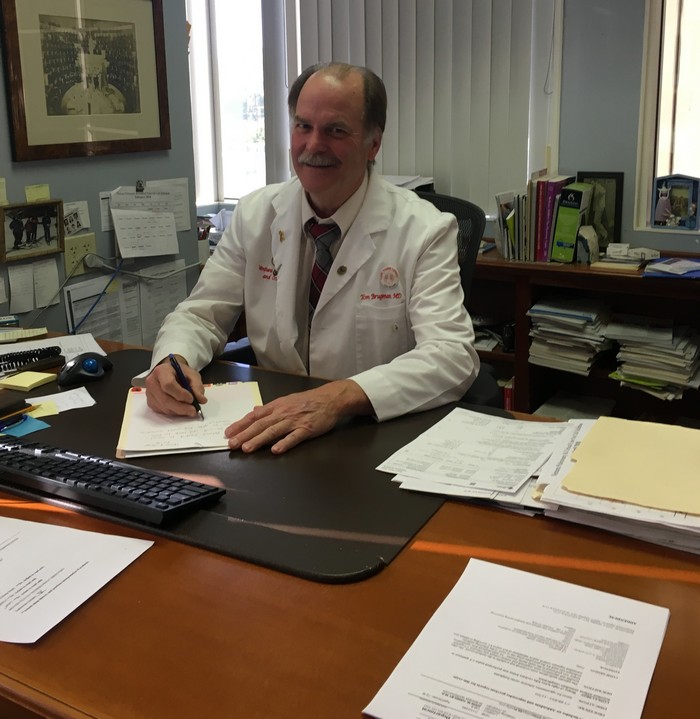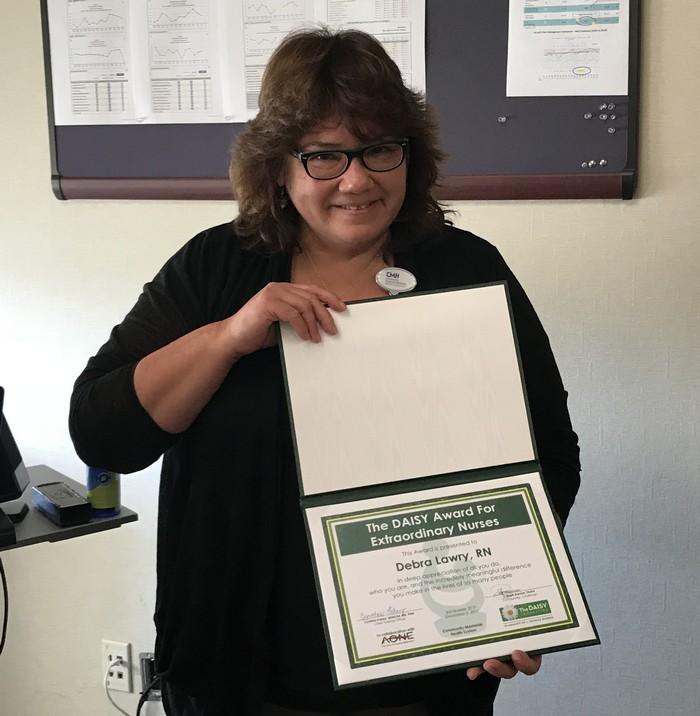The American College of Surgeons National Surgical Quality Improvement Program (ACS NSQIP®) has recognized Ventura County Medical Center as one of 83 ACS NSQIP participating hospitals that have achieved meritorious outcomes for surgical patient care in 2017. As a participant in ACS NSQIP, Ventura County Medical Center is required to track the outcomes of inpatient and outpatient surgical procedures and collect data that assesses patient safety and can be used to direct improvement in the quality of surgical care.
The ACS NSQIP recognition program commends a select group of hospitals for achieving a meritorious composite score in either an “All Cases” category or a category which includes only “High Risk” cases. Risk-adjusted data from the July 2018 ACS NSQIP Semiannual Report, which presents data from the 2017 calendar year, were used to determine which hospitals demonstrated meritorious outcomes. Ventura County Medical Center has been recognized on the “All Cases” Meritorious list.
Each composite score was determined through a different weighted formula combining eight outcomes. The outcome performances related to patient management were in the following eight clinical areas: mortality, unplanned intubation, ventilator, renal failure, cardiac incidents (cardiac arrest and myocardial infarction); respiratory (pneumonia); SSI (surgical site infections-superficial and deep incisional and organ-space SSIs); or urinary tract infection.
The 83 commended hospitals achieved the distinction based on their outstanding composite quality score across the eight areas listed above. Seventy-one hospitals were recognized on the “All Cases” list and 71 hospitals were recognized on the “High Risk” list; the 71 hospitals represent ten percent of the 708 ACS NSQIP participating hospitals for calendar-year 2017.
Fifty-eight hospitals were recognized on both the “All Cases” and “High Risk” lists; 12 other hospitals were on just the “All Cases” list, and 13 other hospitals were on the “High Risk” list only – yielding 83 hospitals in total.

